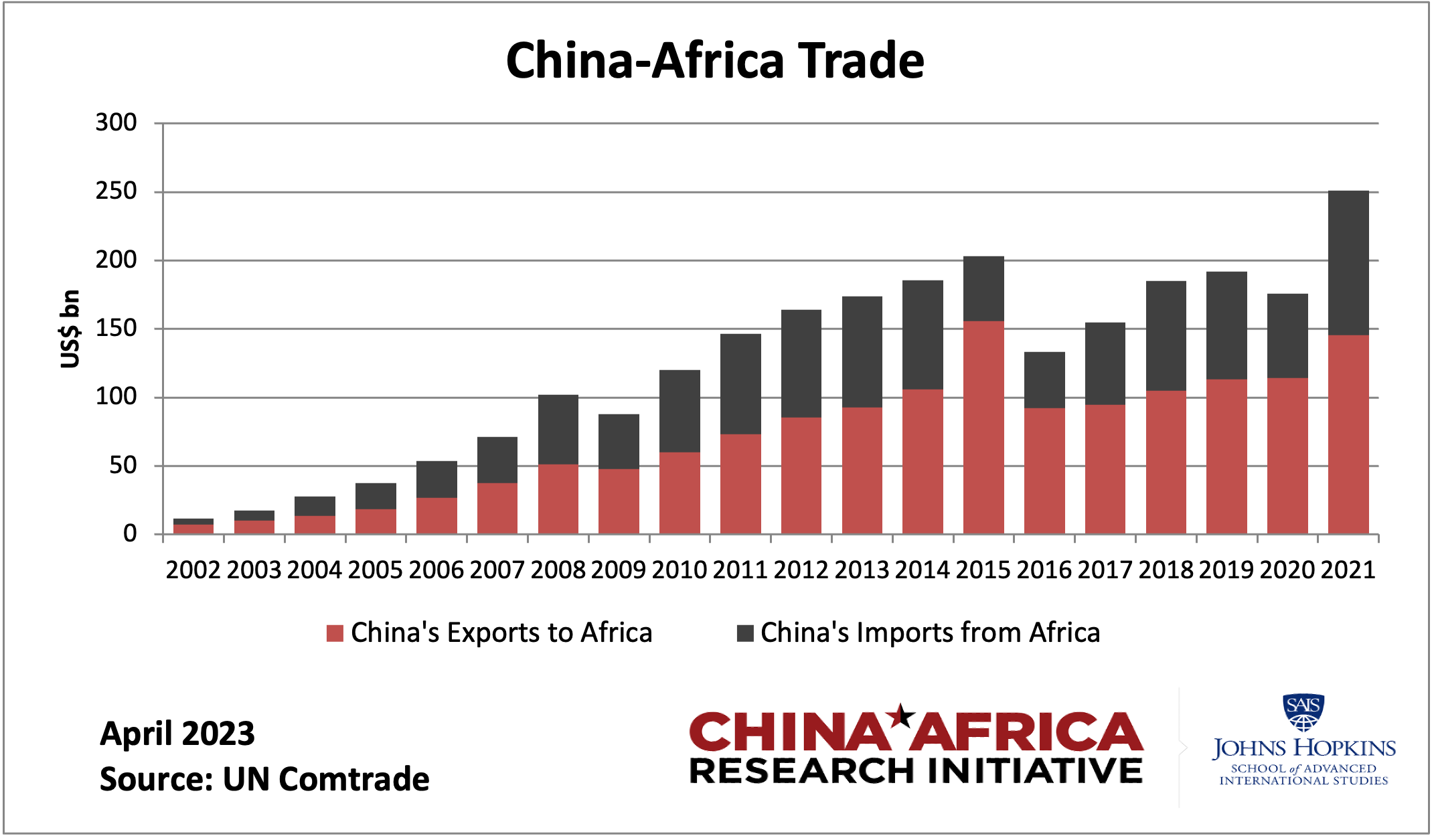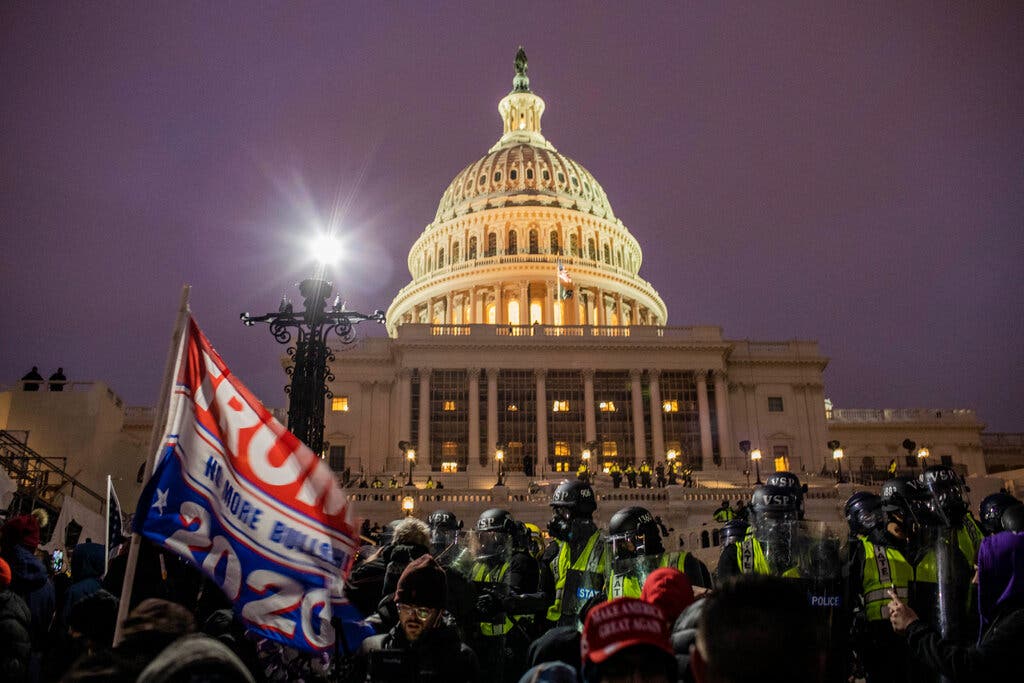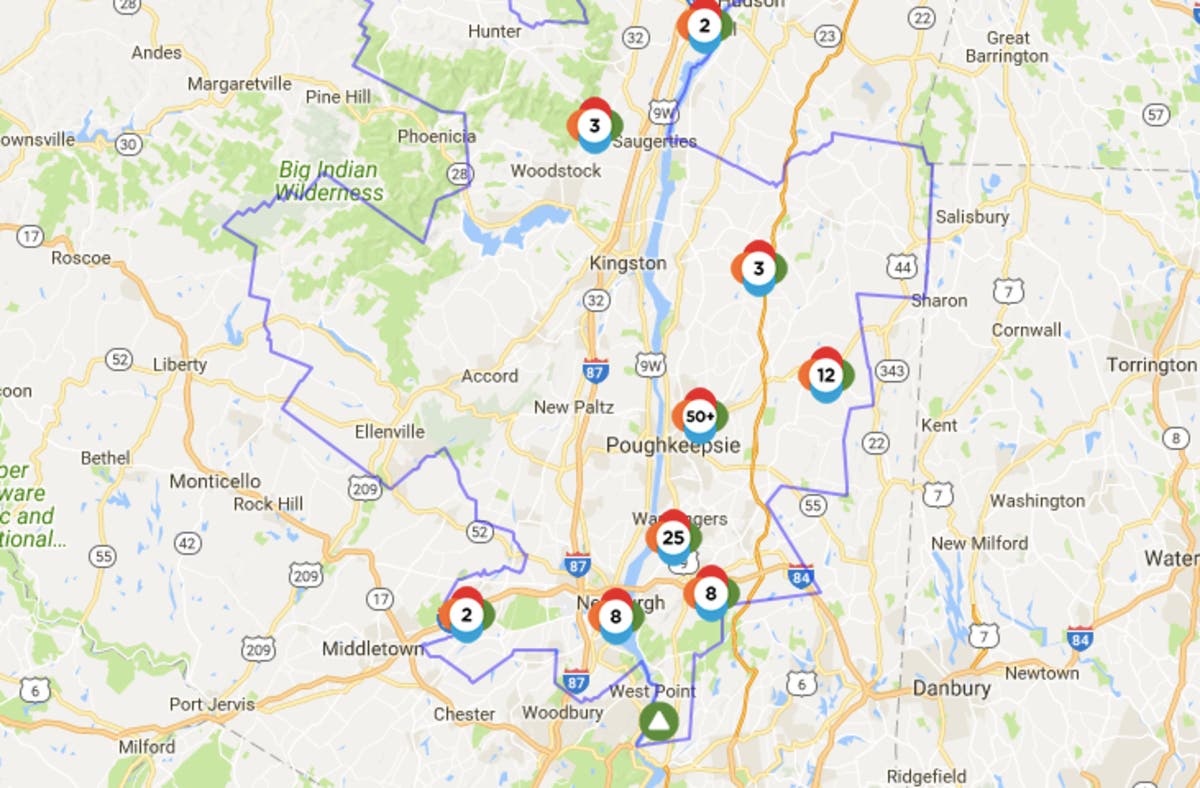Resistance Grows: Car Dealerships Push Back Against EV Sales Quotas

Table of Contents
Ambitious government targets for electric vehicle (EV) adoption are creating a significant rift within the automotive industry, as car dealerships nationwide push back against increasingly stringent EV sales quotas. These mandates, designed to accelerate the transition to a greener future, are encountering significant resistance due to a complex interplay of financial constraints, consumer hesitancy, and infrastructural limitations. This article will explore the reasons behind the growing resistance among car dealerships to mandated EV sales quotas.
<h2>Financial Hurdles and Investment Costs</h2>
The transition to selling and servicing EVs presents substantial financial hurdles for car dealerships. Adapting to this new technology requires significant upfront investment, impacting profitability and creating uncertainty.
- Infrastructure Upgrades: Dealerships must invest in charging stations, often requiring substantial electrical grid upgrades, to support EV sales and service. The cost of installing even a small network of fast chargers can easily reach tens of thousands of dollars.
- Employee Training: Sales staff need specialized training to understand EV technology, address customer concerns about range anxiety and charging infrastructure, and effectively communicate the benefits of electric vehicles. This training often involves significant time and financial commitments.
- Marketing Costs: Promoting EVs requires different marketing strategies compared to internal combustion engine (ICE) vehicles. Dealerships must invest in new advertising campaigns targeting environmentally conscious consumers, highlighting the unique features and benefits of EVs.
- Reduced Profit Margins: Currently, the profit margin on EV sales is often lower than on ICE vehicles. This, coupled with high initial investment costs, creates a challenging financial landscape for dealerships. The lack of profitability in EV sales compared to their ICE counterparts is a major factor driving resistance. The uncertainty around long-term profitability, due to potential price wars and fluctuating government incentives, further exacerbates this concern.
<h2>Consumer Demand and Market Readiness</h2>
While EV sales are growing, consumer demand hasn't reached the level required to meet aggressive government quotas. Several factors contribute to this:
- Price: EVs generally have a higher upfront purchase price compared to comparable ICE vehicles, making them inaccessible to many consumers.
- Range Anxiety: Concerns about the driving range of EVs and the availability of charging infrastructure remain a significant barrier for many potential buyers. This anxiety directly impacts consumer confidence and willingness to purchase EVs.
- Charging Infrastructure: The lack of a widespread and reliable public charging network, particularly in rural areas, significantly hinders EV adoption. This deficiency creates range anxiety and reduces the practicality of EVs for many consumers. The current market share of EVs, while growing, is still relatively small compared to ICE vehicles, reflecting this reality.
<h2>Training and Expertise Gaps</h2>
Successfully selling and servicing EVs requires specialized knowledge and skills. Dealerships are facing challenges in acquiring the necessary expertise:
- Technical Knowledge: EV mechanics require training on the unique aspects of EV technology, including battery systems, electric motors, and charging systems. A shortage of qualified EV technicians is already impacting after-sales service.
- Sales Strategies: Sales staff need to be trained on effective sales strategies for EVs, addressing common customer concerns and highlighting the benefits of electric vehicles. This includes understanding the nuances of various EV models and government incentives.
- Customer Service: Providing excellent customer service is crucial in addressing range anxiety and other EV-specific concerns. Dealerships must be equipped to handle these issues effectively. The potential impact on customer satisfaction and the dealership's reputation is substantial.
<h3>The Impact of Government Policies and Regulations</h3>
Stringent EV sales quotas, often implemented without sufficient consideration for the practical challenges faced by dealerships, are directly impacting profitability and business models. This is leading to potential legal challenges and lobbying efforts by dealership associations who argue for more realistic and supportive policies. The pressure to meet these targets without adequate support is creating significant stress within the industry and potentially hindering the overall EV adoption process.
<h2>Conclusion: Navigating the EV Transition – Finding a Balance</h2>
The resistance to EV sales quotas highlights several key challenges faced by car dealerships: significant financial burdens associated with infrastructure upgrades and employee training, insufficient consumer demand stemming from factors like price, range anxiety and charging infrastructure limitations, and a shortage of trained personnel. This resistance has the potential to significantly impact the timeline for broader EV adoption. Addressing the concerns of car dealerships is crucial to ensure a successful and equitable transition to electric vehicles. Open dialogue and collaborative efforts are needed to overcome the resistance and accelerate EV adoption. A balanced approach, combining ambitious environmental goals with realistic and supportive policies that address the concerns of car dealerships, is essential for a smooth and effective transition to electric vehicles.

Featured Posts
-
 China Diversifies Oil Imports Increased Reliance On Canada
Apr 23, 2025
China Diversifies Oil Imports Increased Reliance On Canada
Apr 23, 2025 -
 Judge Rules Against Section 230 Protection For Banned Chemicals On E Bay
Apr 23, 2025
Judge Rules Against Section 230 Protection For Banned Chemicals On E Bay
Apr 23, 2025 -
 Michael Lorenzens Transition To The Pitching Role Successes And Challenges
Apr 23, 2025
Michael Lorenzens Transition To The Pitching Role Successes And Challenges
Apr 23, 2025 -
 Lehigh Valley Power Outages Continue Amid Strong Winds Photo Gallery
Apr 23, 2025
Lehigh Valley Power Outages Continue Amid Strong Winds Photo Gallery
Apr 23, 2025 -
 Nestor Cortes Strong Return Leads To Reds Third Straight Loss
Apr 23, 2025
Nestor Cortes Strong Return Leads To Reds Third Straight Loss
Apr 23, 2025
Latest Posts
-
 Nottingham Police Under Scrutiny Following Attacks Misconduct Meeting
May 10, 2025
Nottingham Police Under Scrutiny Following Attacks Misconduct Meeting
May 10, 2025 -
 Investigation Into Police Conduct Nottingham Attacks
May 10, 2025
Investigation Into Police Conduct Nottingham Attacks
May 10, 2025 -
 Misconduct Allegations Against Officers Nottingham Attacks Investigation
May 10, 2025
Misconduct Allegations Against Officers Nottingham Attacks Investigation
May 10, 2025 -
 Officers Face Misconduct Meeting Nottingham Attacks Probe
May 10, 2025
Officers Face Misconduct Meeting Nottingham Attacks Probe
May 10, 2025 -
 Deborah Taylor Ex Judge Appointed To Chair Nottingham Attacks Investigation
May 10, 2025
Deborah Taylor Ex Judge Appointed To Chair Nottingham Attacks Investigation
May 10, 2025
